
8 minute read
A child’s sadness over a dying star inspires a book about empathy
5 book picks from Lucianovic
“Too Many Birds” by author and illustrator Cindy Derby: What happens when one blustering Bird-in-Charge tries too hard to rule the roost? A delightful and hilarious exploration of community, expansion, forgiveness and pooping!
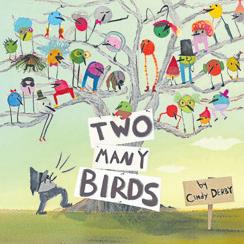
We all do it to some degree — feel empathy for inanimate objects, be it a favorite old T-shirt that has seen better days or a once-loved stuffed animal now relegated to the back of the closet. For the hero of Stephanie V.W. Lucianovic’s new “Hello, Star” (Little, Brown Books for Young Readers), it’s a dying star that catches her imagination and heart. The picture book, illustrated by Vashti Harrison, is one of two new offerings from Menlo Park-based Lucianovic. Also out this month: Lucianovic’s “The League of Picky Eaters,” which is set in a town that takes its cuisine (and the residents’ ability to properly appreciate it) very seriously.
I said, “That’s it. I’m done.” So, yes, the same son made a heart out of paper and had written on it, “You write really, really, really good books. Please don’t give up.” I still have that heart. It’s on my wall. I look at it often when I am to the point again of just giving up.
BY JIM HARRINGTON
QWhat inspired “Hello, Star”?
AMy oldest son, Henry, who at the time was in first grade — he’s now a seventh grader — was very into space. One night, he came to me and said, “Do you know that stars die? Isn’t that sad?” I thought about that empathetic thought that he had, that feeling of love or empathy or sadness for an inanimate object. (I) wondered what a child would do with that feeling. That night, I sat down and wrote the first draft of “Hello, Star.”
QThat was right around the same time you had almost given up writing books, right? But then Henry helped convince you to do otherwise.
AI didn’t have an agent at the time and was sending out a lot of queries and getting a lot of rejections. I was ready to give up. I had gotten a rejection from an agent that I actually thought was going to be a more positive situation, and I was so devastated that
QWhat’s the message of “Hello, Star”?
AI think there are several takeaways. One is the idea that when we are working toward a goal, there is a lot of hard work involved, and there is always going to be at least one time when you are tired and frustrated, but you just keep going. Look at that star. That is your guiding light to your ultimate journey’s end for that particular goal.
(The story) shows us just how far empathy can take us. Ultimately, a little girl is sad about a star. She has empathy for a star. She’s worried that the star is feeling lonely out there on its own as it’s dying, and that makes her upset. And that ends up putting her on the path of a lifelong career to be an astronaut.
QCan you tell me about “The League of Picky Eaters”?
AMy agent had been pushing me to write books longer than picture books. So, I had this idea of writing about kid picky eaters … and came up with the idea of what if you lived in a town founded as a foodie utopia? When you attend St. Julia Child Elementary and Middle School, one of your classes — along with science and math and history — is Eating, with a capital “E,” because the teachers and the parents in the community prize the educated palate just as much as they prize your math scores. Then I thought, “What if you are a picky eater in that town who failed her placement exam and was placed in a remedial eating class away from her best friends?”
“Moth & Butterfly” by Dev Petty, illustrated by Ana Aranda: A lovely story about the steadfastness of friendship that is sustained even after the most momentous of transformations.

“And Then It’s Spring” by Julie Fogliano, illustrated by Erin Stead: The book that made me want to write picture books.
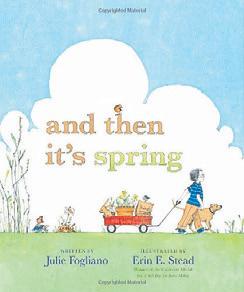
“The Lost Package” by Richard Ho, illustrated by Jessica Lanan: A gorgeous and moving look at what the USPS’ work means to two families, but also the entire country. Don’t miss the incredible artwork under the dust jacket.

“The Troubled Girls of Dragomir Academy” by Anne Ursu: One of the most important middle grade novels of our time. When girls in a magic-hewn society are denied the rights of education, emotion and true existence by wizards, one girl finds her way to the truth.

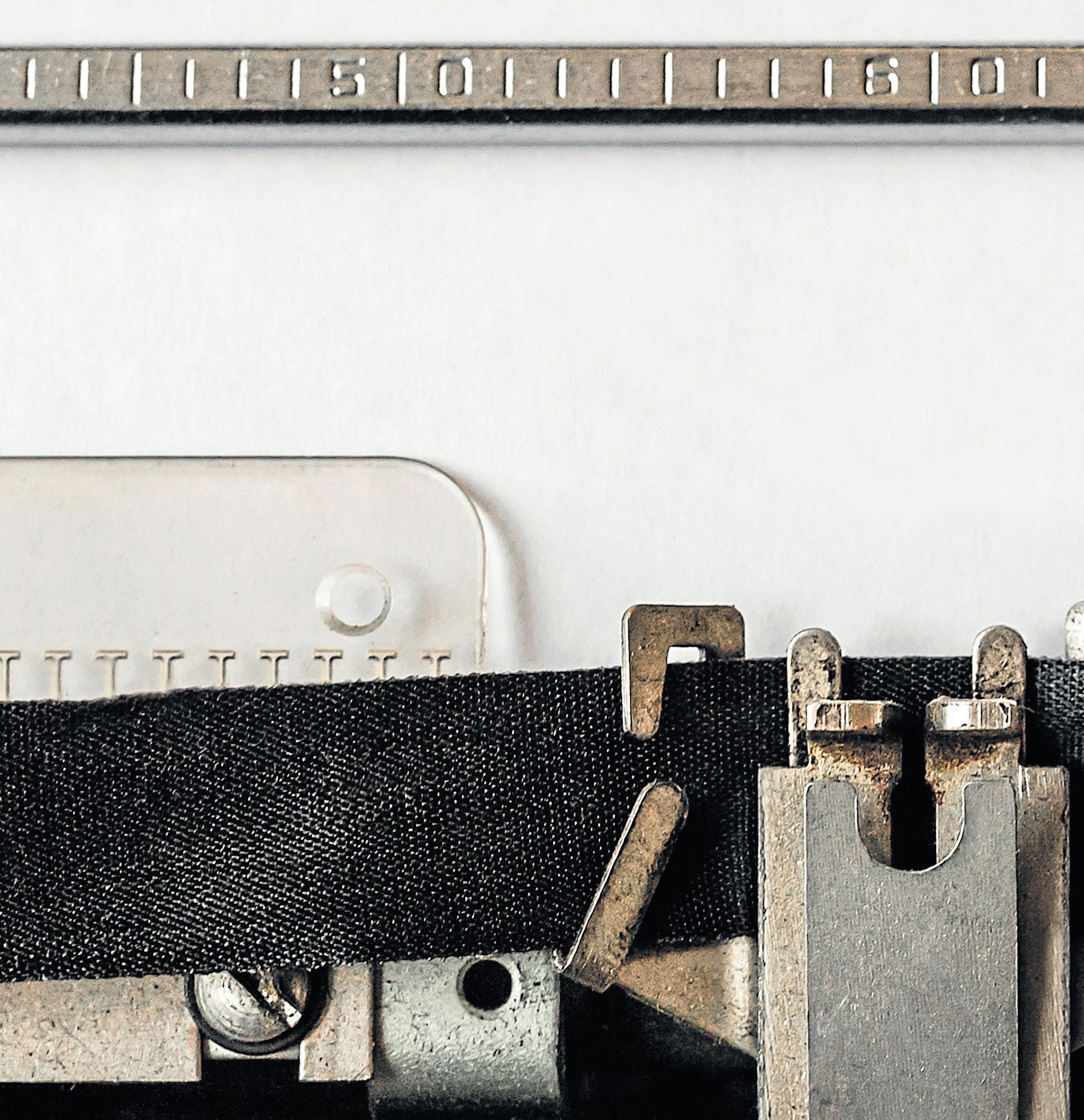
BY CHUCK BARNEY
hen Bay Area author
Tina Folsom completed her first paranormal romance novel in 2010, she was sure it contained all the right juicy hooks: pages dripping with passion and intrigue ... dark secrets ... a pair of chilling murders ... hot vampire sex.
Unfortunately, more than 30 literary agents rejected the titillating “Samson’s Lovely Mortal.” Moreover, Folsom was told by so-called experts that vampires were dead. Like really dead … as a genre. Her response?
“OK, screw this. I’ll do it myself.”
In the years that followed, Folsom became a self-publishing dynamo. She has written 43 books, most of them entries in her lusty Scanguards Vampire series, and total sales have surpassed 2 million copies. She figures her writing career has netted her around $4.6 million. She and her husband recently purchased a home with an ocean view in San Clemente.
“This whole writing business has given us security and freedom,” says Folsom, a former accountant and finance manager for UC San Francisco. “I realize that I am incredibly lucky.”
Of course, not everyone is so lucky — or industrious. But a growing number of authors — both new and established — are brazenly taking things into their own hands. And thanks to the Internet, along with the rise of self-publishing tools, platforms and communities, they’ve been able to fulfill their literary dreams without the aid of traditional publishing houses.
Count San Rafael resident Anthony Lee Head among them. A former trial lawyer, he self-published his first novel — “Driftwood: Stories from the Margarita
Author Tina Folsom, a former accountant and finance manager for UC San Francisco who has written 43 books, most of them entries in her lusty Scanguards Vampire series, with total sales surpassing 2 million copies.
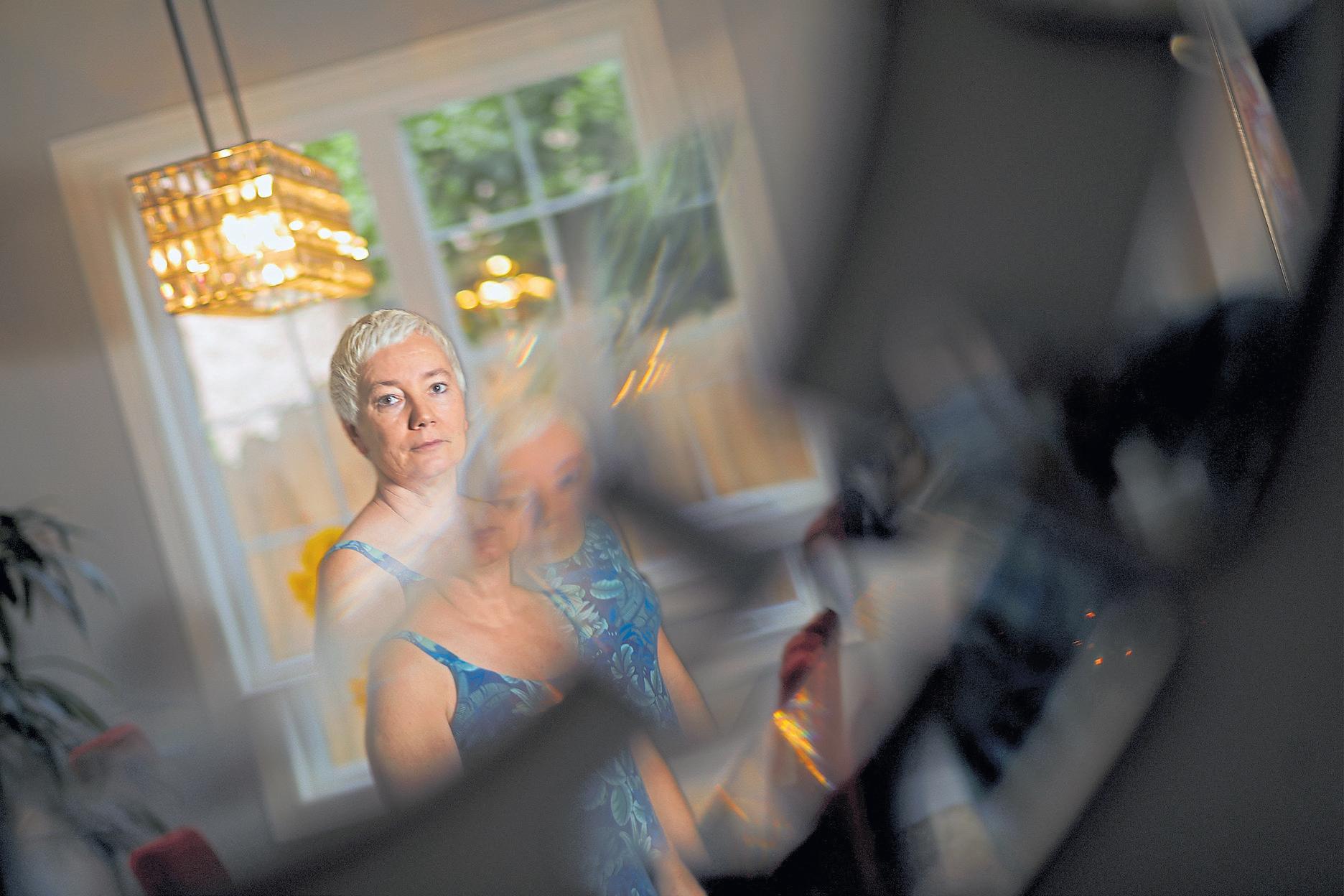
Author Anthony Lee Head, a former trial lawyer, who self-published his first novel — “Driftwood: Stories from the Margarita Road” — last fall. Head teamed with his wife, Cheri, to produce and market the novel.

Road” — last fall. The book follows modern-day nomads looking to escape the rat race for a fresh start in a tropical paradise.
Head, who teamed with his wife, Cheri, to produce and market the novel, is thrilled with the results. But he admits he had to get past a lot of “old-school thoughts” about the publishing world before embarking on the do-it-yourself journey.
“I just figured that you get an agent and go from there,” he says. “The publishing house gives you a big chunk of (advance) money and flies you around the country to market your book. But things have changed dramatically. There’s only a limited amount of bookshelves and a limited amount of marketing dollars. Publishers are inclined to spend much more money promoting Stephen King than some unknown author, because they know that with Stephen King, they’re guaranteed of getting a return.”
That change in the publishing industry is just one of the factors that make self-publishing an appealing alternative for some. They tout the creative freedom they have with their writing, as well as the control over how it is marketed.
“I’ve heard horror stories about big publishing houses dramatically changing the content, the title and more,” says Head. “That’s a huge turnoff.”
San Jose’s Patty Flores Reinhart agrees. Her self-published first novel, “High Water,” is a comingof-age story that follows a young woman who confronts racism and sexism in the theater arts world. The book is part fiction and part memoir, and Reinhart, a stage actress herself, balked at the idea of ceding control to a traditional publisher.

“Why would I put this labor of love into the hands of someone who doesn’t get me?” she asks.
But Reinhart had another reason for taking the independent route: immediacy. Released early this year and set in the summer of 2019, “High Water” delves into, among other issues, the #MeToo and Black Lives Matter movements.
“I felt it was very timely,” she says. “So I didn’t want to wait around and be rejected (by agents and publishers) over and over. I wanted to get the story out there as soon as I could.”
These days, independent authors are emboldened by the fact that the stigma once associated with self-publishing has largely vanished. And rousing success stories in the form of E.L. James (“Fifty Shades of Grey”), Amanda Hocking (“Switched”), Lisa Genova (“Still Alice”) and William P. Young (“The Shack”) provide plenty of dreamy-eyed inspiration.
It’s no wonder then that they’re rushing to digitally format their own books, hire editors and cover designers and lean into self-publishing services provided by Amazon and other platforms that lure users with access to a global market and royalties of up to 80 percent.
Still, breakout successes are the exception, not the rule, and indie authors warn newbies that going your own way is not for the faint of heart.
“Writing a book is hard, but marketing a book is even harder,” says Concord resident Marie Estorge, who has independently published a novel and three memoirs, the latest of which is “Then There Was Larry,” a cautionary tale about duplicity and betrayal among friends and lovers.
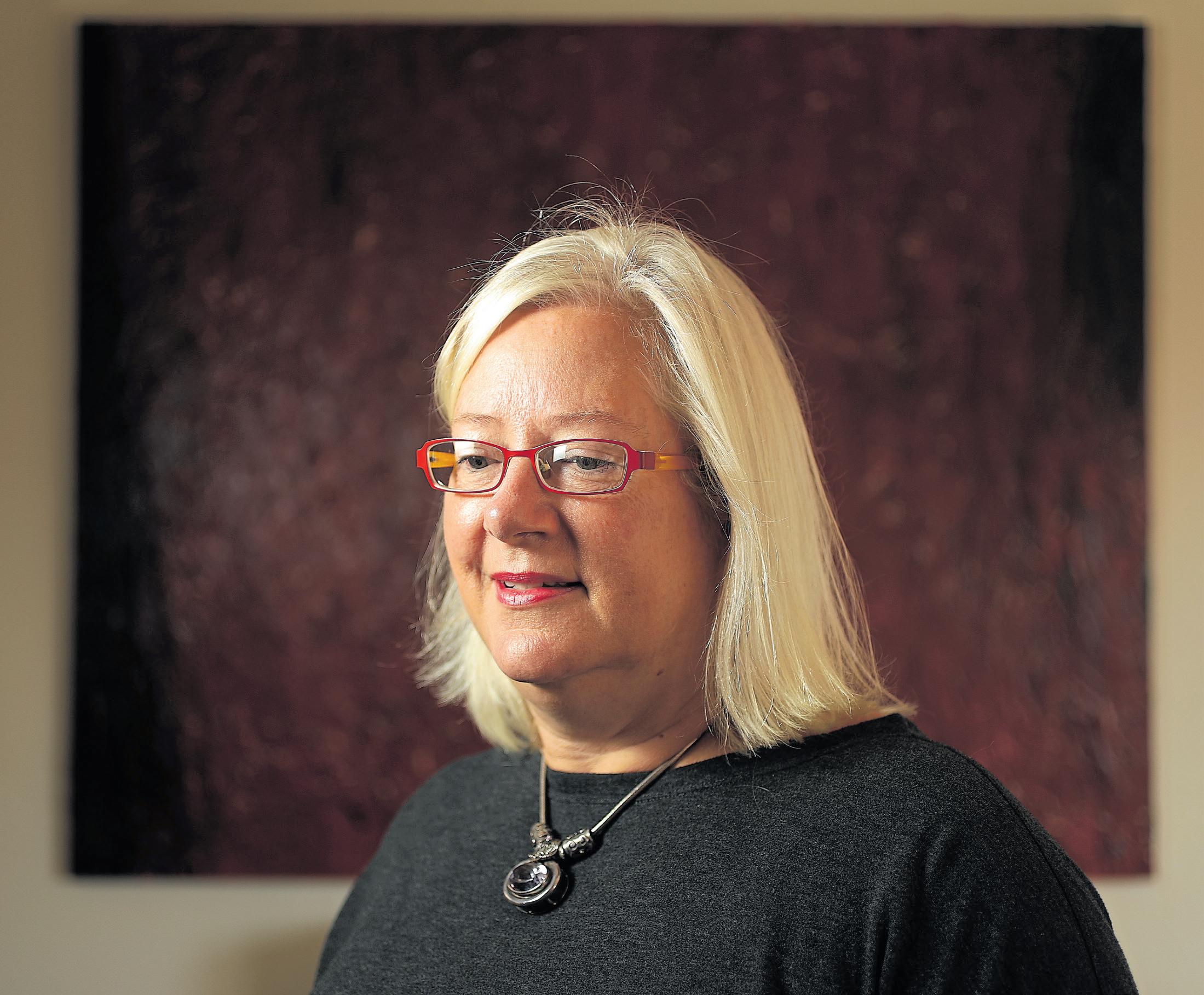
Estorge should know. In an effort to get the word out about her books, she has, among other things, created her own media kits, taken out ads in trade publications, bought booths at book expos and made many a visit to local bookstores.
“You’ve got to knock on doors,” she adds. “You have to be confident — or at least pretend to be confident. And you have to be persistent. If you’re not willing to be persistent, your book is only going to be read by family and friends.”
Betty Ann Bruno has learned this the hard way. Last year, the Sonoma resident and retired KTVU reporter self-published “The Munchkin Diary,” a candid, wide-ranging memoir that delves into her experience as a child actor in Hollywood (including a stint in “The Wizard of Oz”), her years as a TV journalist, the terror of seeing her home destroyed in the 1991 Oakland firestorm and much more.
Bruno is heartened by sales of the book in the Bay Area, where she has spoken to several book clubs and was profiled by local newspapers. But a wider reach has thus far eluded her, largely because marketing was an afterthought.

“Things don’t sell themselves,” she says. “I was so naive, so unprepared. And I’ve never been good at self-promotion. Apparently, you have to learn to blog. You have to learn to post on social media. I didn’t even know what those words meant.”
Bruno since has met with a marketing consultant and is setting up a personal website. She has given herself a year to make a concerted promotional push for “The Munchkin Diary.”
“Now, I realize that a lot of authors launch their marketing six months to a year before publishing their book,” she says. “I never thought about anything beyond getting it into print.”
Those who have taken the self-publishing route offer plenty of tips. A good, strong editor, is a must, they say. So are positive reviews from fans and other readers. And make sure that cover design is striking, because visual first impressions are vital.
“You have to approach everything with a high degree of professionalism, if your book is going to have any value,” Head says. “If your cover is crappy, and you don’t have solid proof-reading, you’re just going to give the process a bad name.”
Yes, it sounds like a lot of hard work, but even if self-published authors fail to strike it rich, the journey can still bring its share of rewards. Reinhart still glows when she thinks about the day she spotted her book displayed in the front window of Books Inc. in Campbell.
“My heart skipped a beat,” she recalls. “I was so excited and so proud.”










